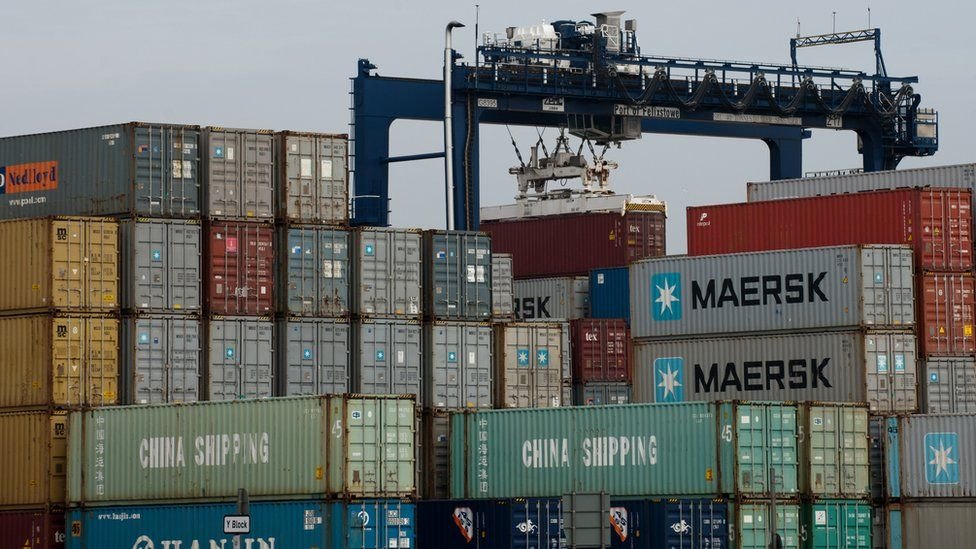The nation’s trade landscape saw Europe taking the lead as the primary trade partner, accounting for 35% of exports and 39% of imports.
Notably, Switzerland led Europe as Ghana’s major trade partner, dealing in gold. The Asian giant, China, dominated the Asian trade route, while South Africa and Canada played pivotal roles in Africa and North America, respectively.
Highlights of the report
1. Four commodities (gold bullion, crude petroleum, cocoa beans, cocoa paste) constitute about three-quarters (75.0%) of all exports.
2. For imports, 219 different commodities make up about three-quarters (75.0%) of all imports.
3. Four countries (Switzerland, China, Canada, and South Africa) account for over half (50.0%) of all exports.
4. Six countries (China, UK, Netherlands, USA, India, and Switzerland) are the source of about half (50.0%) of all imports
5. It is only in Africa and North America that the value of exports exceeds imports
6. The report highlights Ghana’s international trade vulnerability, which has the potential to constrain the strengthening of the Ghanaian economy.
This was contained in the Ghana 2022 Trade Vulnerability Report released today in Accra.
The report found that Ghana’s key exports, gold bullion and petroleum products, combined to form 96.9 billion cedis of the total trade volume, outlining the nation’s reliance on these commodities.
However, the report highlights concerns of trade vulnerability, emphasizing that the nation’s economy could be constrained due to these challenges including Balance of Payment Support and imported inflation.
Other findings
Findings from the Ghana 2022 Trade Vulnerability Report indicate that four countries (Switzerland, China, Canada, and South Africa) account for over half of all exports while six countries (China, UK, Netherlands, USA, India, and Switzerland) are the source of about half of all imports.
From the perspective of commodities traded, over two-thirds of all exports come from only two specific products; gold bullion and crude petroleum oil. Imports, on the other hand, have a lot more different commodities (126) contributing to two-thirds of all imports.
The Ghana Statistical Service (GSS) released the maiden Trade Vulnerability Report on Tuesday, August 15, 2023. The release was chaired by Professor Charles Godfred Ackah from the University of Ghana Institute of Statistical, Social, and Economic Research.
In his opening remarks, Prof. Ackah in his opening remarks highlighted the importance and timeliness of the release of the Trade Vulnerability Report and commended the attempt to aggregate trade statistics and make them readily available statistics.
He noted that balance of payment constraints make the economy vulnerable. He stated that “Trade is the most important weapon that we have. If we trade well, we should be able to be prosperous.”
He concluded by saying that report would give insight into how trade can drive development in Ghana as has been observed in other countries.
The Government Statistician, Prof. Samuel Kobina Annim made a presentation on the findings and key messages from the report.
He concluded with the key takeaway message that “the report highlights Ghana’s international trade vulnerability, which has the potential to constrain the strengthening of the Ghanaian economy”.
The Ghana 2022 Trade Vulnerability Report was produced in collaboration with the Ghana Revenue Authority (GRA) which provided the data for the analysis.
Source : Graphic











